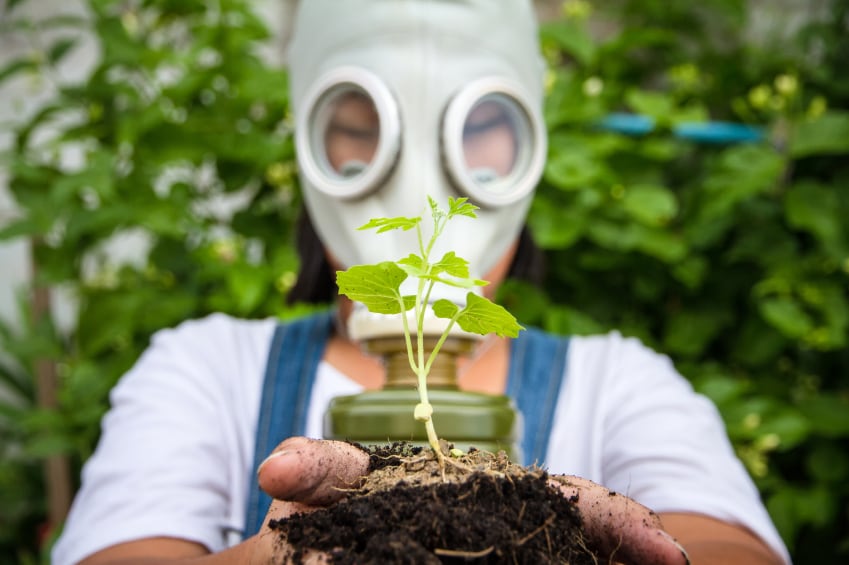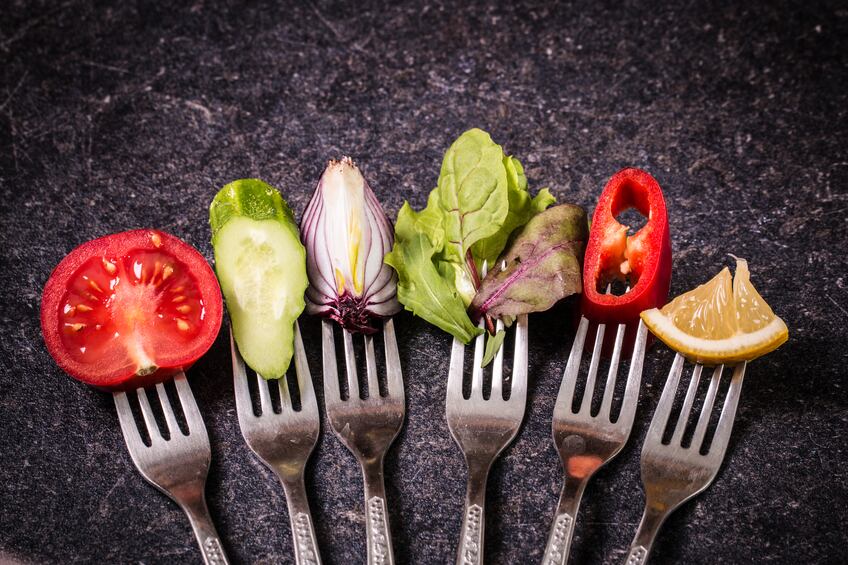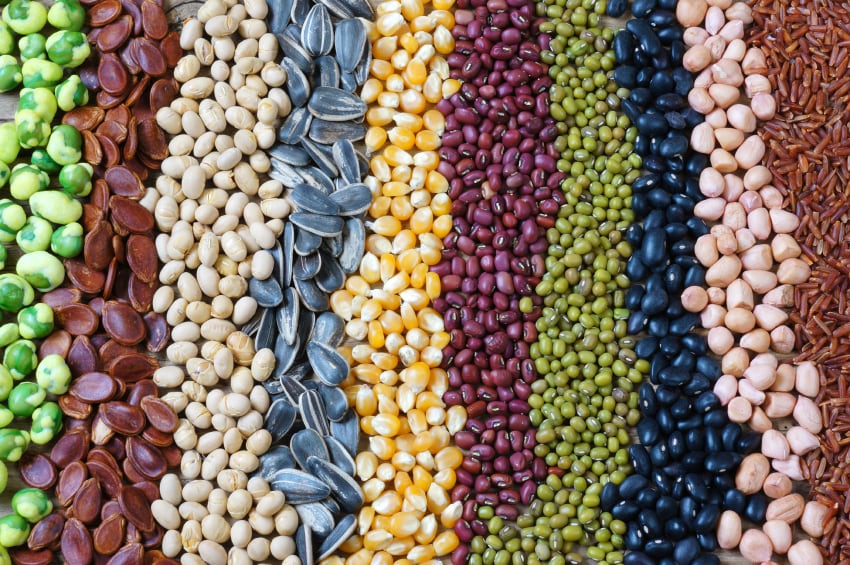Denmark has set itself an ambitious target: the country wants to be carbon neutral by 2050, where it is able to absorb at least as many greenhouse gases as it produces. Food production and agriculture is central to reducing emissions, the government believes.
As part of its effort the Danish Ministry of Energy, Utilities and Climate has proposed a packaged of measures in a report entitled Together for a Greener Future.
Calling on all Danes to “come together and embrace a shared responsibility for our planet”, the proposal includes 38 “concrete initiatives” to ensure cleaner transport, efficient agriculture, more environmentally-friendly shipping and a green transition in housing and industry.
In the food and agriculture sector, key proposals include a “climate- and environmentally-efficient agricultural sector” with a “strong focus on research” alongside a “behavioural campaign with climate labelling”.
Research funding boost
In order to make Danish agriculture more environmentally friendly, the government has allocated DKK 90 million for research for the next fiscal year.
"It is important that we take care of the challenges and make sure that we are reducing our climate less in the future. Denmark currently has one of the EU's most climate-efficient farms. If we want to maintain that leadership and maintain efficient farming, it is necessary to find more climate-friendly production methods so that we can maintain the large exports of agriculture and the many jobs. It is not necessarily easy, and it requires new knowledge,” said Environment and Food Minister Jakob Ellemann-Jensen.
Climate labels
Plans on the climate friendly labelling are more vague. Responding to queries over the impact that the introduction of carbon labelling would have on business, and SMEs in particular, a spokesperson for the Ministry of Energy, Utilities and Climate told FoodNavigator that detailed plans would be drawn up through a consultation process.
"The government will launch a campaign to make it easier to make climate-friendly choices, including a climate mark. Efforts must be made with relevant experts and business. Therefore, the [detailed] content of the climate label is not defined,” the spokesperson explained.
Food sector welcomes proposal
Food sector body the Danish Agriculture and Food Council said that a climate label was a “fine idea” as it would enable Danish products to highlight their environmental credentials.
Claiming that Danish food production is among the most climate friendly in the world, Morten Høyer, director of the Danish Agriculture and Food Council, said that he hopes such efforts will enable Danish food makers to play a leading global role in developing sustainable food systems.
“In Denmark, we want to showcase our production. Everyone knows that food production influences the climate, but if the rest of the world produced food the way we do in Denmark, the world would be a better place. If we can get a label that truly shows who produces food in the most climate friendly way, that is a fine idea,” he said.
The devil is in the detail
The proposed food label would aim to show consumers how what they eat and drink affects climate change. The Danish Agriculture and Food Council said that this was not a “new” concept and noted that it has been working on developing a climate label at an EU level. This experience has highlighted a number of challenges, Høyer continued.
For example, it may be necessary to compare the climate effect of a product with how nutritious it is. A soda might only have a small impact on the climate, but it is not nutritionally balanced, Høyer noted.
In particular, Høyer singled-out plant-based products for scrutiny. According to a study from Copenhagen Economics, commissioned by the Danish Council on Climate Change, almost 80% of GHG emissions from Danish agriculture is "ultimately" the result of cattle and swine breeding. However, Høyer stressed the need to take issues like air miles, transportation and logistics as well as production methods and agricultural practices into account when comparing the carbon footprint of different products.
“Our goal is to develop an accurate label. We must include every piece of information so products like plant-based substitutes for ground meat have information on the climate impact of the soy in the product, which is produced in South America. Things like these are difficult to calculate, so we have a worthy challenge ahead of us before we can say with certainty that we have the right solution for a climate label,” he concluded.




